Prototypes Prototypes Prototypes
After finishing our prototype session for the water gun
and deciding on an aiming system, we are looking forward
to the skeeball shooter. Since we do not yet know the
exact dimensions for the skeeball shooter, we want to be
a module as possible for the design. We are splitting
Task Force into 3 teams, one will work on a flywheel
(Audrey, Isa), one will work on an extending arm
(Jessica, Richard), and the final will be working on a
crossbow design (Erin, Via).
Flywheel: The flywheel will be a wheel attached to the
motor, close to a solid wall. As a ball is fed through,
it will be shot ahead by the wheels. We like this idea
because there are lots of examples of it from FTC, and
it's pretty easy to build.
Crossbow: The crossbow design uses a spring to shoot the
ball. The ball will be loaded in, and the spring slowly
cranked backwards until it's ready to shoot. This idea
looks good because it should be very consistent with
every throw, and we have a lot of modularity with a
single design by changing the size of the barrel, and
the spring.
Extending Arm: The extending arm would be paired with
one of the other two designs. It will extend beyond the
initial measurements of the boat to accurately deliver
the balls.
All of these designs need to be compatible with the
hull, in terms of power consumed as well as size.
Upcoming Goals
We need to finish up these prototypes as soon as
possible. A finished product will be given to the
Navigation team so they can begin to plan for and
program the aiming system. This week we plan to have a
CAD model for each of the designs, and order any
required materials.







